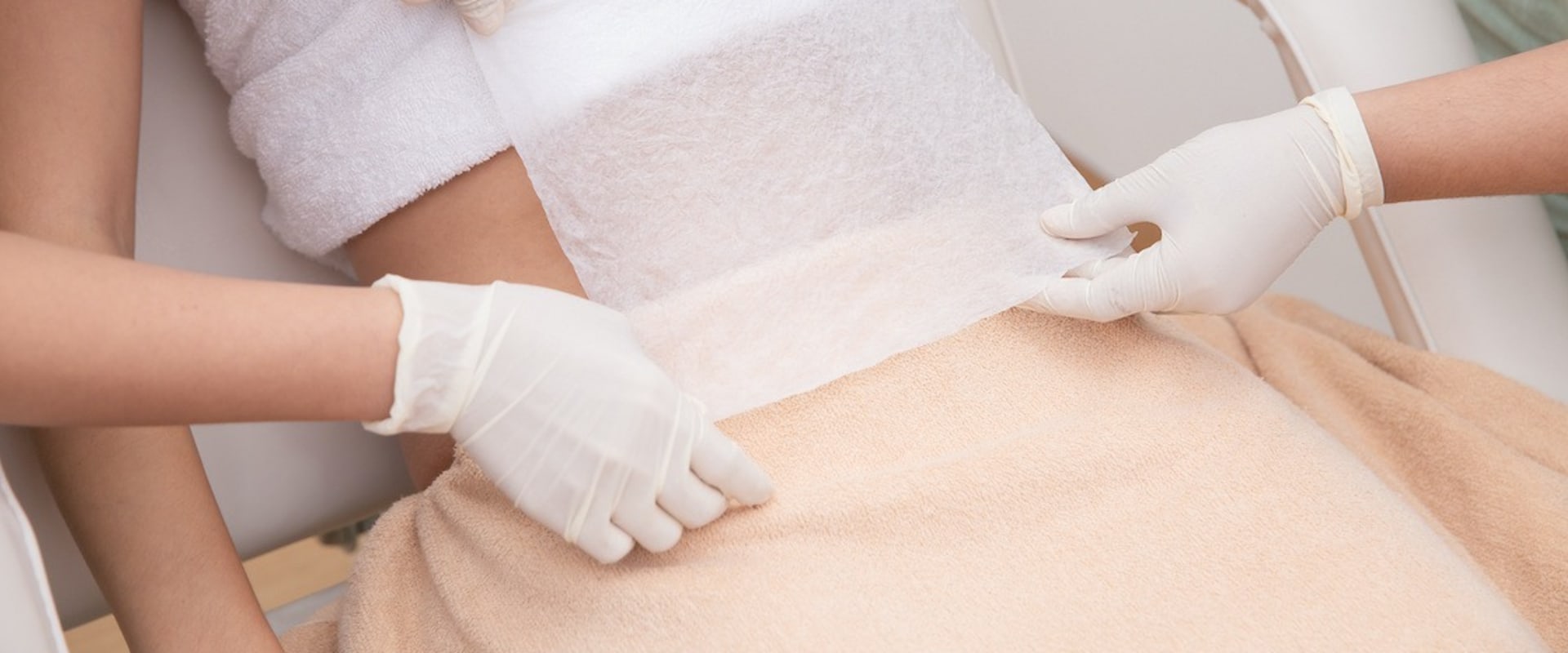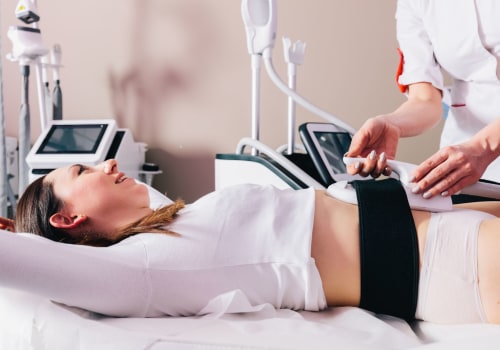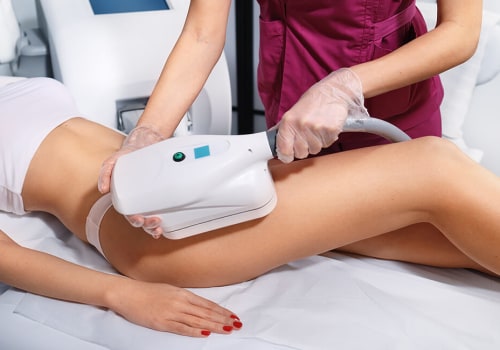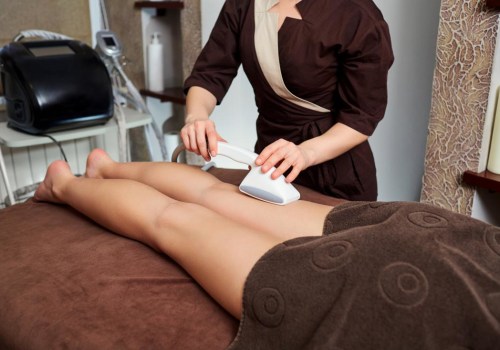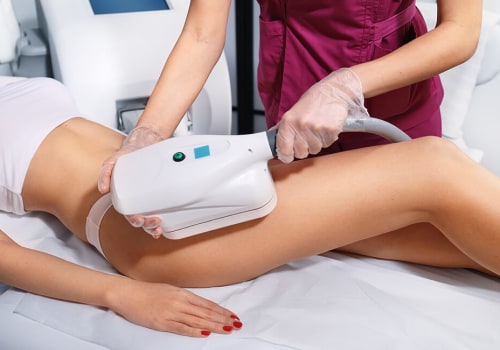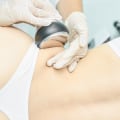When it comes to non-surgical fat reduction treatments, it is important to consider any existing medical conditions that may be present. In this article, we present five cases of lipedema at different stages of evolution, all with different therapeutic objectives. Our objective was to demonstrate the possibility of non-surgical therapy, as well as to improve the signs and symptoms of lipedema, using the QuaSil questionnaire and measuring changes in volumes and proportions. CoolSculpting is a non-surgical fat removal method for the stomach and other areas of the body.
It is important to meet with a dermatologist who has training in non-invasive fat removal and who frequently treats patients with this technique. The CoolSculpting procedure for non-invasive fat layer reduction is available in 52 countries around the world and more than 5 million treatments have been performed. Liposuction surgery for lipedema should be considered a potential tool to be used and not the only treatment available. What makes the CoolSculpting procedure different is its advanced cooling technology that attacks and eliminates fat cells. This consultation will help identify if CoolSculpting is the ideal non-surgical fat removal treatment for you. Grade I lipedema was diagnosed and clinical treatment was suggested according to the above-mentioned guidelines.
After starting clinical measures to treat lipedema (anti-inflammatory diet, moderate exercise, antioxidants and lymphatic drainage) and lymphedema (lymphatic drainage) associated with the treatment of erysipelas (amoxicillin-clavulanate and enoxaparin), erysipelas and dermatitis due to stasis resolved rapidly. It is important to note that this is not necessarily a complete list of contraindications and clinical considerations. You can find a dermatologist trained in non-invasive fat removal at Find a Dermatologist. When performing non-invasive fat extraction, a dermatologist uses a portable device or injections to destroy fat cells. Good aesthetic results improve social and psychological status. Patient with stage 3 lipedema (A), with a significant improvement in fat deposition and volume in the lower extremities at 6 months (B) and 11 months (C).
In the fifth case, the initial goal was the treatment of refractory erysipela; however, clinical treatment facilitated the resolution of the persistent infection. Stage II is defined as an uneven skin texture with folds of fat and large piles of tissue that grow as unencapsulated masses. This doctor has the experience necessary to tell you if this treatment can successfully treat your problem.
